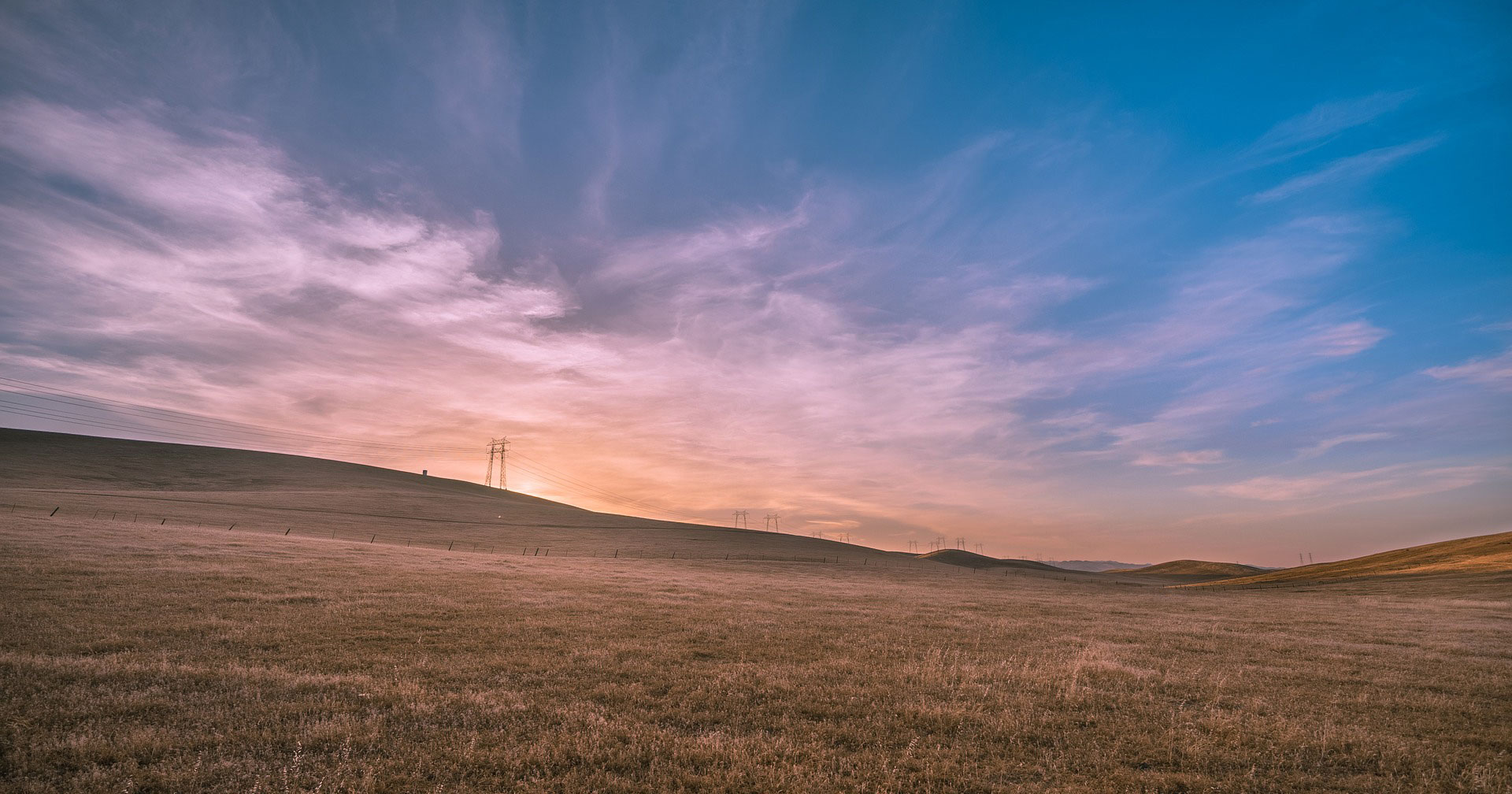
Vast grasslands across the United States teem with plant and animal life, including grasshoppers and other insects that play subtle roles in the health of the ecosystem. But how do these critical relationships between insects and grasslands change under worsening drought conditions?
Colorado State University biologists have received National Science Foundation support to find out. The new project will be led by Nathan Lemoine, a research scientist in the Department of Biology. Lemoine is the recipient of about $885,000 for the three-year field study.
“We don’t have a good handle on the role of insects in general, in grasslands,” said Lemoine, “Sometimes they increase primary production, and sometimes they decrease it. It’s unclear whether these differences are due to different years, or places.”
The field study will place insects inside experimental drought shelters set up across a rainfall gradient extending from arid grasslands in the west to wet grasslands in the eastern Great Plains. By exposing the insects to carefully controlled conditions, the researchers will measure their effects on plant production, nutrient cycling, and related plant physiology and traits. These measurements will be incorporated into mathematical models to extrapolate to other grasslands across the U.S.
The researchers will also develop a comprehensive guide to grasshopper identification, envisioned as a mobile app, to allow users and land managers to quickly distinguish between species.
Lemoine led a smaller, one-year version of the planned study that was recently accepted for publication in Plant Ecology. In that paper, they measured the impacts of drought and grasshoppers on soil bioavailability of 10 nutrients including nitrate, phosphorus, sulfur, and zinc.
“We are trying to get a good handle on what our results mean for management of grasshoppers,” Lemoine said. “If you spray pesticides, are you impacting ecosystem nutrient cycling? We may not need to control for grasshoppers as much as we think.”
Field work is expected to begin in summer 2020.
